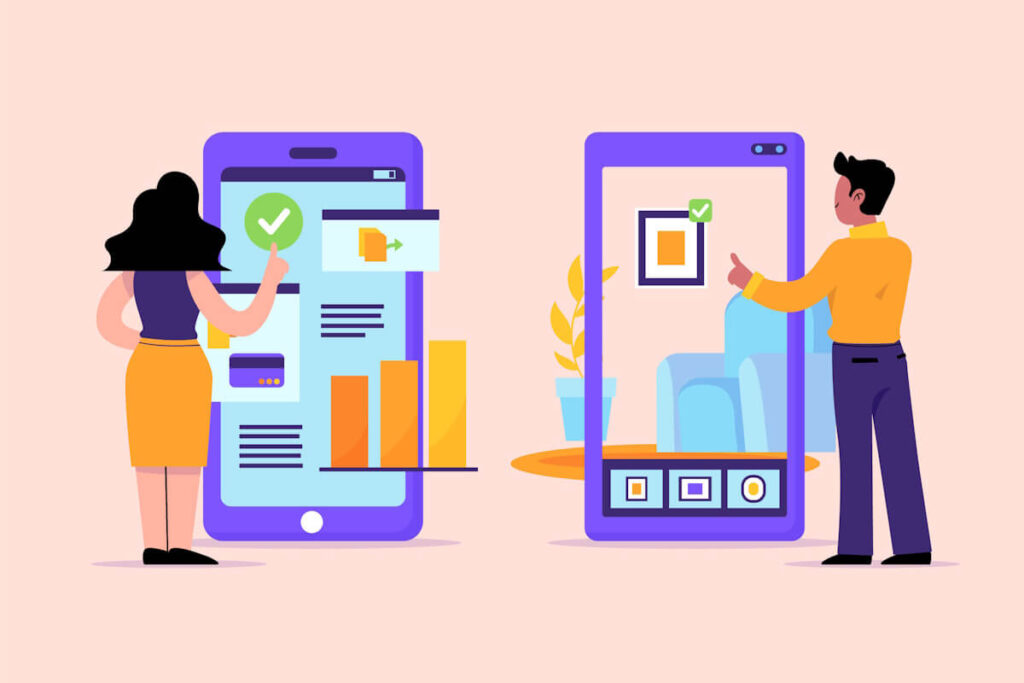When it comes to developing mobile applications, performance is a critical factor that can make or break the success of your app. In the case of Flutter applications, ensuring high performance is essential to provide users with a smooth and seamless experience. In this article, we will discuss some tips and best practices that can help you optimize the performance of your Flutter applications.
Use Stateful Widgets Wisely
In Flutter, widgets are the building blocks of your application’s user interface. Stateful widgets are widgets that can change over time, while stateless widgets are static and do not change. It’s important to use stateful widgets wisely in your Flutter application to avoid unnecessary re-renders and performance issues.
- Consider breaking down your UI into smaller components to improve performance.
- Update only the necessary components when the state changes to reduce re-renders.
- Utilize Flutter’s
setStatemethod efficiently to manage state changes effectively.
Optimize Your Layout
The layout of your Flutter application plays a crucial role in its performance. Avoid using complex and nested layouts that can slow down rendering and make your app feel sluggish. Instead, opt for simpler layouts that are optimized for performance.
- Use Flutter’s built-in layout widgets like
Row,Column, andStackfor efficient layouts. - Implement
ExpandedandFlexiblewidgets to control UI element size and spacing. - Utilize constraints properly to ensure responsive and optimized layouts.
Minimize Dependencies
When developing a Flutter application, it’s important to minimize dependencies to reduce the size of your app and improve its performance. Avoid adding unnecessary packages and libraries that can bloat your app’s size and slow down loading times.
- Evaluate the necessity of each dependency before adding it to your project.
- Opt for lightweight alternatives or custom implementations to reduce dependencies.
- Regularly audit and update dependencies to maintain optimal performance.
Implement Code Splitting
Code splitting is a technique that involves splitting your codebase into smaller chunks and loading them only when needed. In Flutter, you can implement code splitting using packages like flutter_lazy_load to load components lazily and improve the performance of your application.
- Divide your code into separate modules to load specific functionality on demand.
- Utilize lazy loading techniques to enhance the initial load time of your app.
- Implement dynamic imports to load code chunks asynchronously for better performance.
Optimize Images and Assets
Images and assets are an essential part of any Flutter application, but they can also impact its performance if not optimized correctly. When adding images and assets to your app, make sure to use the appropriate image formats and sizes to reduce the file size and loading time.
- Compress and optimize images using tools like
flutter_imagefor better performance. - Implement lazy loading and caching strategies to enhance image loading efficiency.
- Consider using SVG images for scalability and reduced file sizes.
Conclusion
Ensuring high performance in your Flutter applications is crucial to providing users with a seamless and responsive experience. By following the tips and best practices mentioned in this article, you can optimize the performance of your Flutter app and create a fast and efficient user interface. Remember to continuously test and optimize your app for performance to deliver the best possible experience to your users.
Have more questions or need further assistance with optimizing your Flutter applications for performance? Feel free to contact us — we’re here to help!
FAQs:
Q: How can I ensure high performance in my Flutter applications?
A: To ensure high performance in your Flutter applications, consider using stateful widgets wisely, optimizing your layout, minimizing dependencies, and implementing code splitting.
Q: What are stateful widgets in Flutter and how can they impact performance?
A: Stateful widgets are widgets that can change over time in Flutter. It’s important to use them wisely by breaking down your UI into smaller components and only updating necessary components when the state changes to avoid unnecessary re-renders and performance issues.
Q: How can I optimize the layout of my Flutter application for better performance?
A: To optimize the layout of your Flutter application, avoid using complex and nested layouts. Instead, opt for simpler layouts using Flutter’s built-in layout widgets like Row, Column, and Stack. Additionally, use Expanded and Flexible widgets to control the size and spacing of UI elements.
Q: Why is it important to minimize dependencies in Flutter applications?
A: Minimizing dependencies in Flutter applications is crucial to reduce the size of your app and improve its performance. Avoid adding unnecessary packages and libraries that can bloat your app’s size and slow down loading times.
